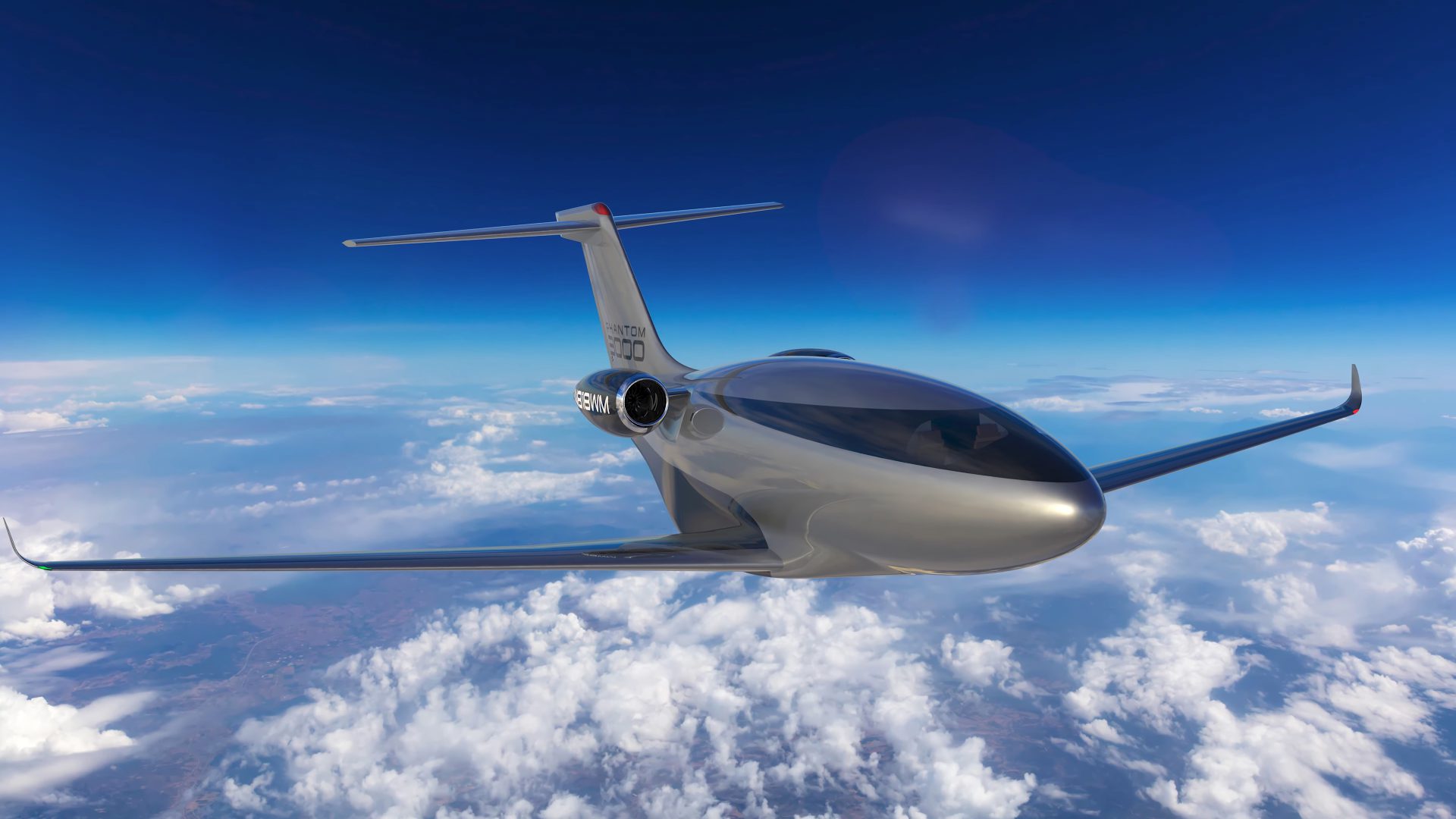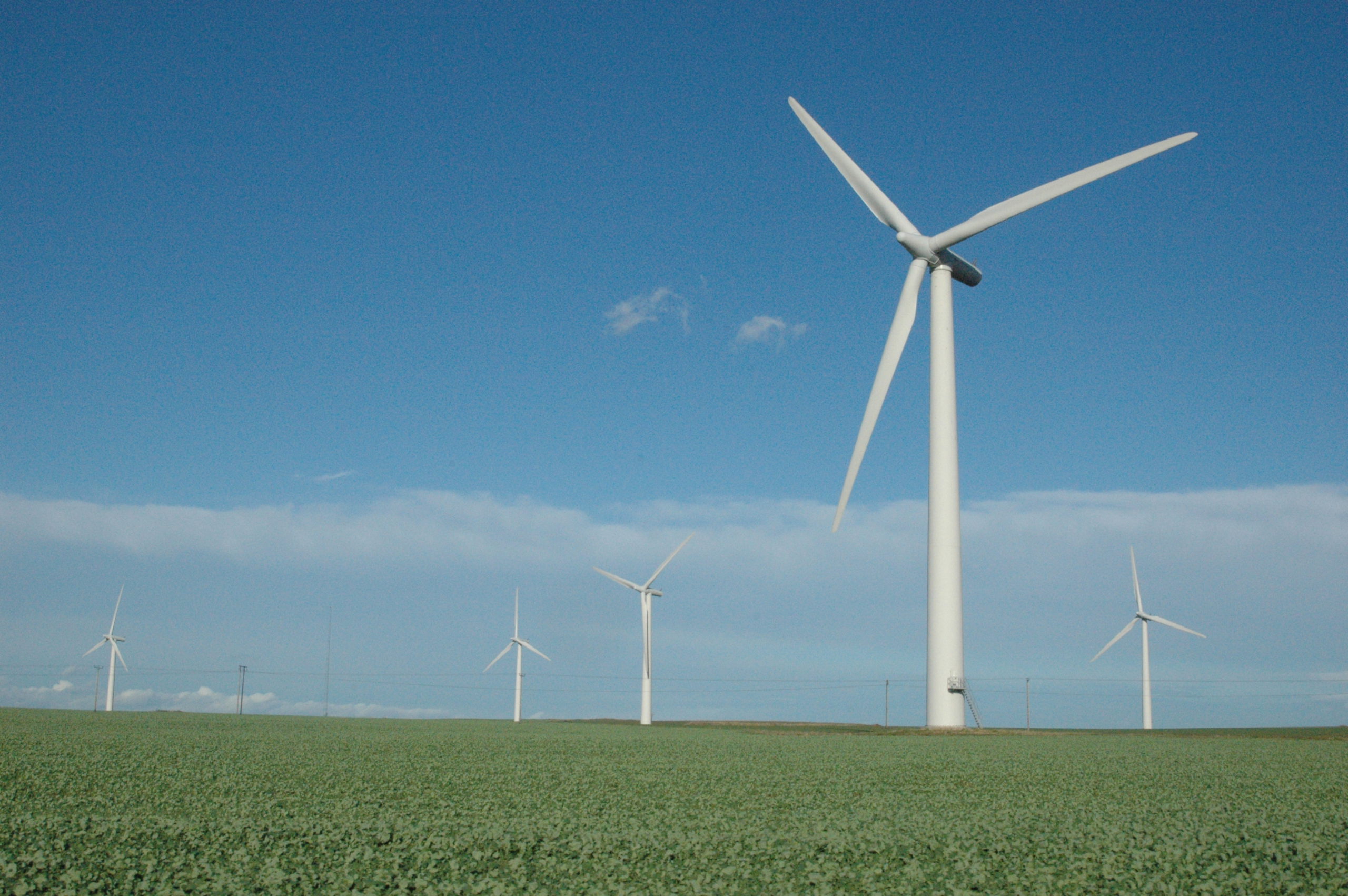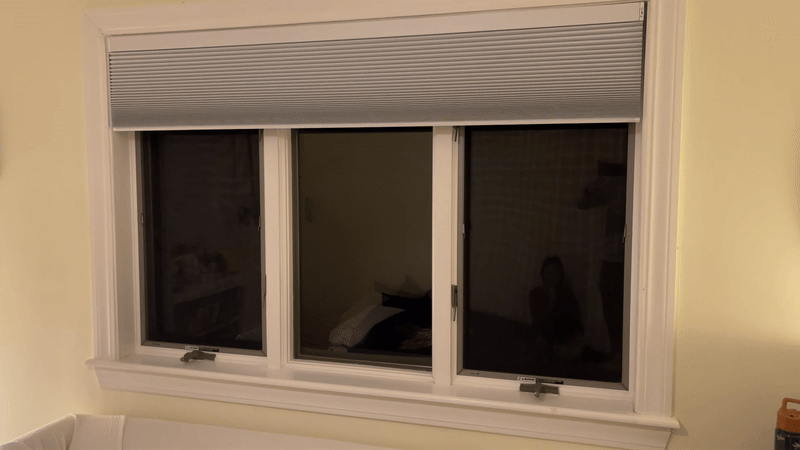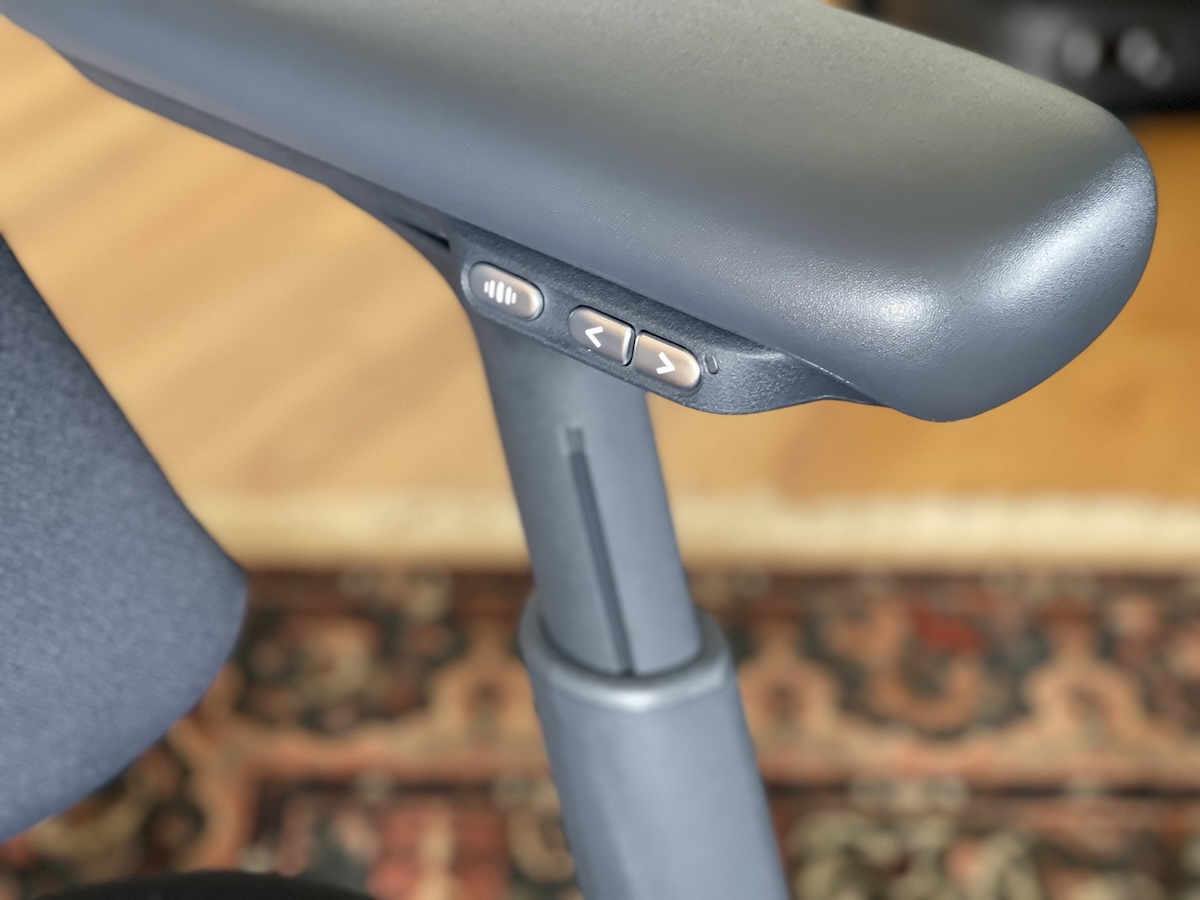Otto Aviation says its windowless wonder will fly farther, faster, and greener than rivals by ditching aviation’s most sacred passenger feature. Your Instagram views might suffer, but your carbon footprint supposedly won’t.
Fort Worth-based Otto Aviation’s Phantom 3500 jet swaps traditional windows for wall-spanning screens, creating what engineers have dreamed of for decades – a perfectly smooth, aerodynamically efficient tube slicing through the sky like an iPhone without the home button.
AERODYNAMIC REVOLUTION
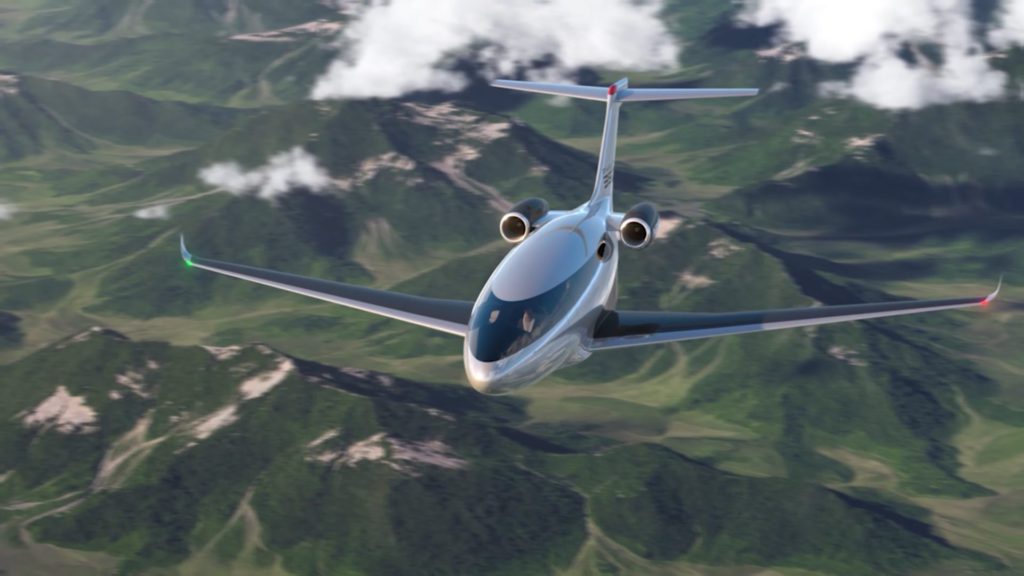
One of the more ambitious futuristic concepts poised to reshape everyday life comes in the form of the Phantom 3500—a sleek, next-gen aircraft designed to defy traditional aerodynamics. Its carbon-fiber body enables what’s known as “super-laminar flow,” allowing air to glide across the surface in clean, parallel layers with minimal turbulence. It’s a radical rethinking of how air travel could feel—and function—in the not-so-distant future.
According to wind tunnel testing, this delivers 35% less drag than conventional business jets. The streamlined design will power twin Williams International FJ44 engines to reach Mach 0.78 speeds while reportedly consuming significantly less fuel.
DIGITAL SKY THEATER
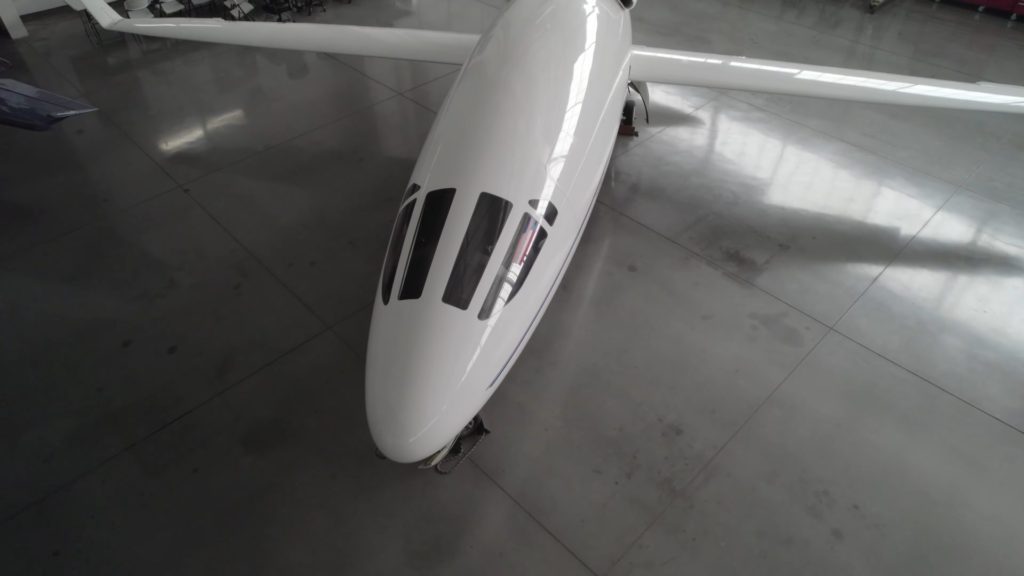
The promised interior features quilted leather seating and premium finishes. But passengers will immediately notice what’s missing – traditional portholes – replaced by Otto’s “Super Natural Vision™” high-definition digital displays.
These screens will show real-time exterior views or alternate content. It’s essentially trading squint-worthy airplane windows for a Netflix binge-worthy experience at 51,000 feet. Industry observers question whether passengers will embrace this radical change.
TRANSONIC EFFICIENCY
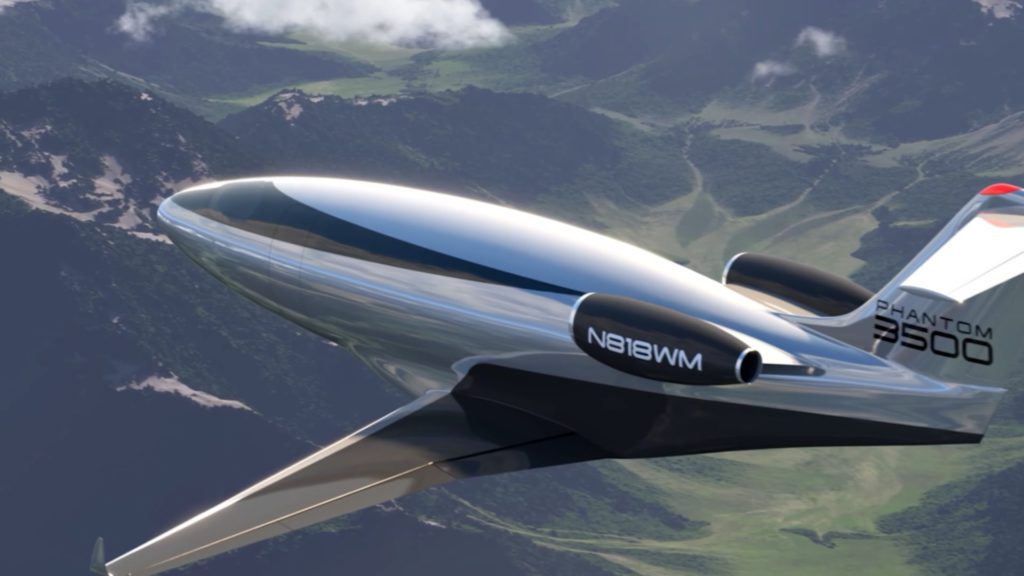
Otto Aviation claims operating costs will fall 50% below competitors while reducing carbon emissions by up to 80%, though independent verification of these figures isn’t yet available.
With a projected 3,200 nautical mile range, it would carry passengers from New York to London nonstop. The company says it can operate from runways under 3,500 feet – potentially doubling accessible airports compared to similar-sized jets.
SLEEK ENGINEERING MARVEL
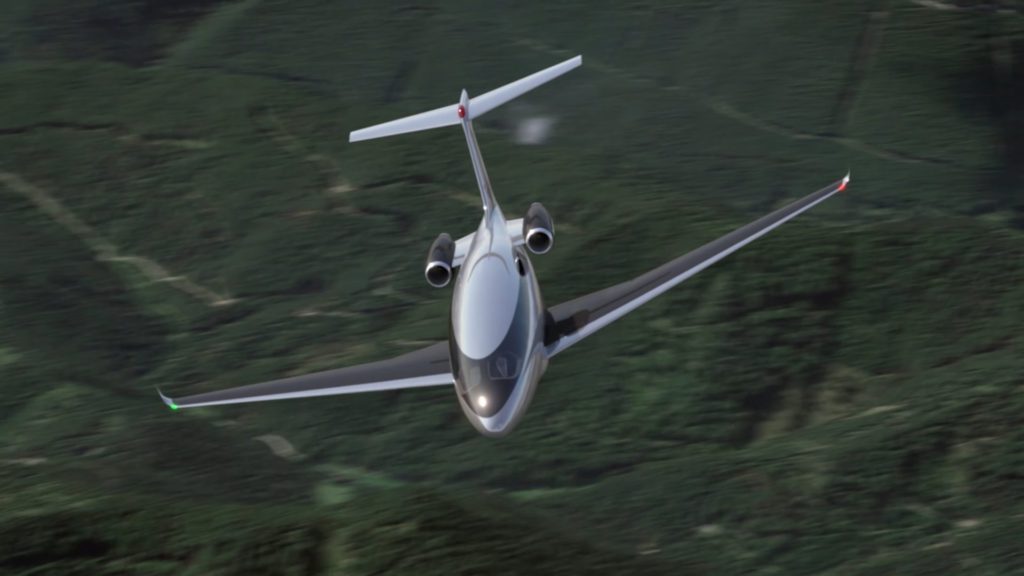
The aircraft’s distinctive silhouette features a bullet-shaped nose and sleek T-tail configuration. Twin rear-mounted engines provide thrust while maintaining the smooth laminar flow across the fuselage.
Weight reduction was a priority, with the carbon-fiber construction eliminating unnecessary structural elements. The resulting aircraft supposedly achieves twice the fuel efficiency of similarly sized business jets, though real-world testing remains to be done.
FUTURE OF FLIGHT

Aviation experts remain skeptical about this window-ditching experiment. Some question whether digital screens can truly replace the psychological comfort of actual windows, especially during turbulence when disconnection from reality might amplify anxiety.
The technology remains unproven in commercial applications, and certification hurdles loom large. Paul Touw, Otto’s CEO, acknowledged the ambitious nature of the project: “We didn’t think we would be able to take that much energy out of a flight.” Passengers won’t know if these claims hold up until 2030, when the first production models are scheduled for delivery after test flights begin in 2027.


